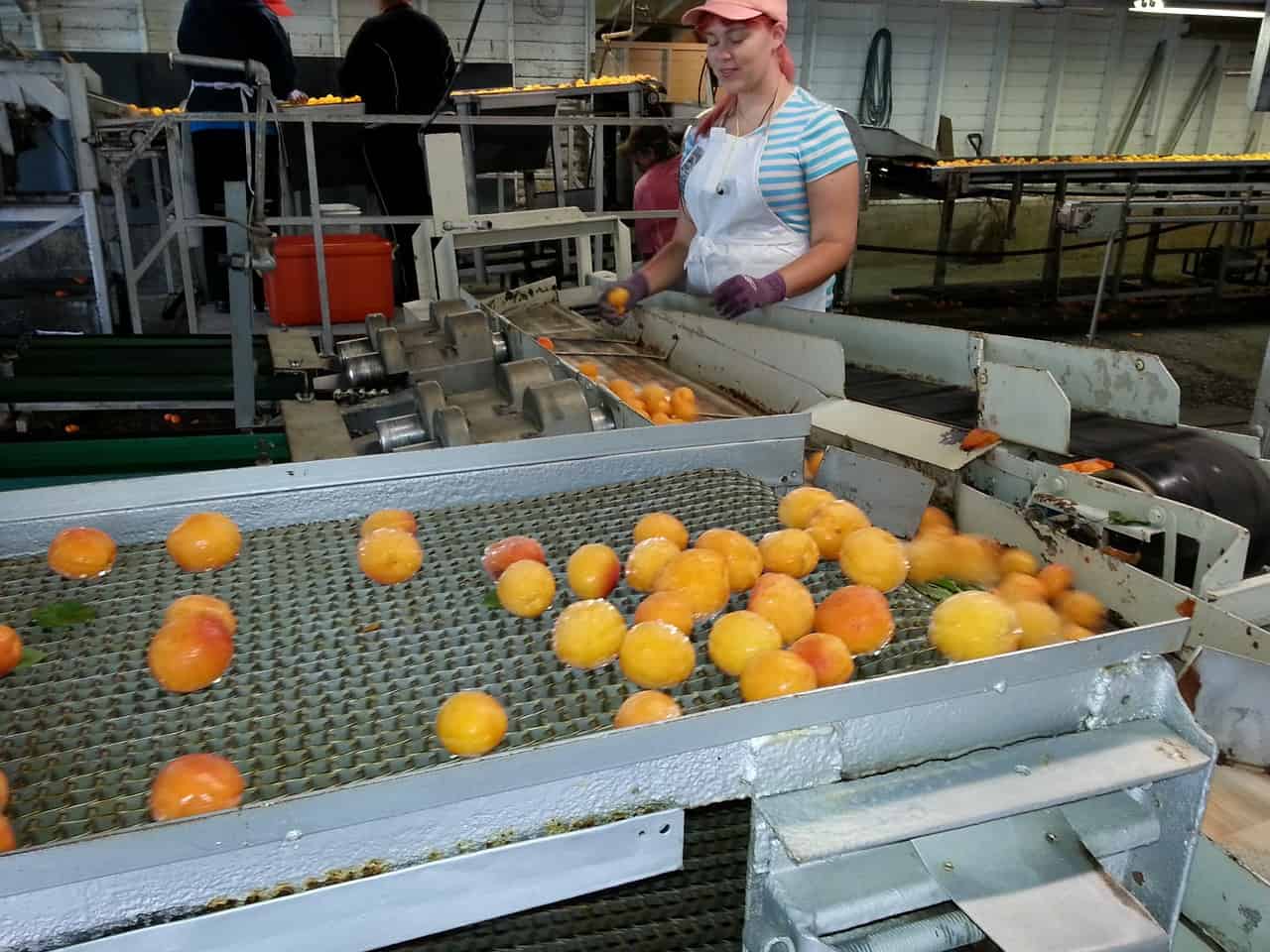- Phone: 306-970-1552
- connect@gentleprocessing.ca
- 18-301 South Industrial Dr. Prince Albert, SK S6V 7L7, Canada

How food is processed is very important. Food processing measures were not enforced in the United States until the early part of the 20th century, but since that time, strict regulations regarding how food is handled have been mandated. Food is processed in a wide range of ways depending on what is required and here are some of the most common food processing measures and how they impact our diet.
Canned foods are one of the most common types of food processes we are used to seeing. Canned vegetables and fruits are a staple in our pantries as they are shelf stable and can last for many years. Canning foods is a process in which fresh food is heated to 250 degrees F and held at that temperature for 3 minutes while in the can. This helps to seal the can and ensure the food inside is free of contaminants. The drawback to many canned foods is that the high heat involved can degrade food’s natural nutrition and that sodium is generally added as a preservative.
Processing frozen foods requires intense cold and a fast freezing process to ensure ice particles remain as small as possible. This helps to enhance both the flavor and texture of food once it is thawed and cooked. Most frozen foods are first blanched or steamed before being put into a blast chiller to freeze completely. The process of blanching or steaming and then cooling helps lock in color so most frozen foods maintain the same vibrant color when cooked. The main downside to freezing foods is that the product must be kept frozen to avoid the potential for diminished quality of the food. Frozen foods that are thawed and refrozen will often have a mushy and undesirable texture when cooked.
Most health experts emphasize the need for fresh food above all else. Fresh foods include anything that has not undergone a canning or freezing process. These foods include meats, fruits, and vegetables. Where these foods are highly prized, they maintain a limited shelf life and are prone to spoilage when not kept at the appropriate temperature. Recalls on fresh foods are most common due to the amount of processing measures to bring food to the shelves of your local supermarket. Foods are harvested, cleaned, packaged, and sent out on trucks and railways to our stores. At any part during the process, foods can become contaminated.
Throughout the United States we have a wide range of foods from frozen to canned to fresh and they all have something in common. The potential for contamination can happen at any point, but the solution to this ongoing issue is Gentle Processing™. Gentle Processing™ is a unique way of processing food so it is safe for human consumption, but without the drawbacks that freezing and canning can have. Nutrition, flavor, and food integrity is all preserved during Gentle Processing™, so nothing is lost. Additionally, our system can be used at every level of the food processing system, so contamination is never an issue. Gentle Processing™ is the revolutionary green technology the food industry has been waiting for. How are your favorite foods processed?